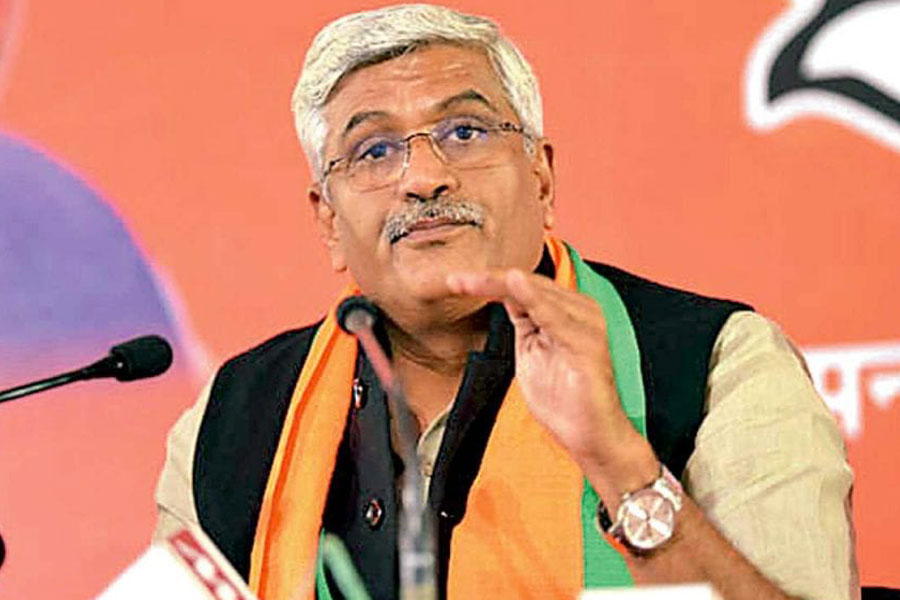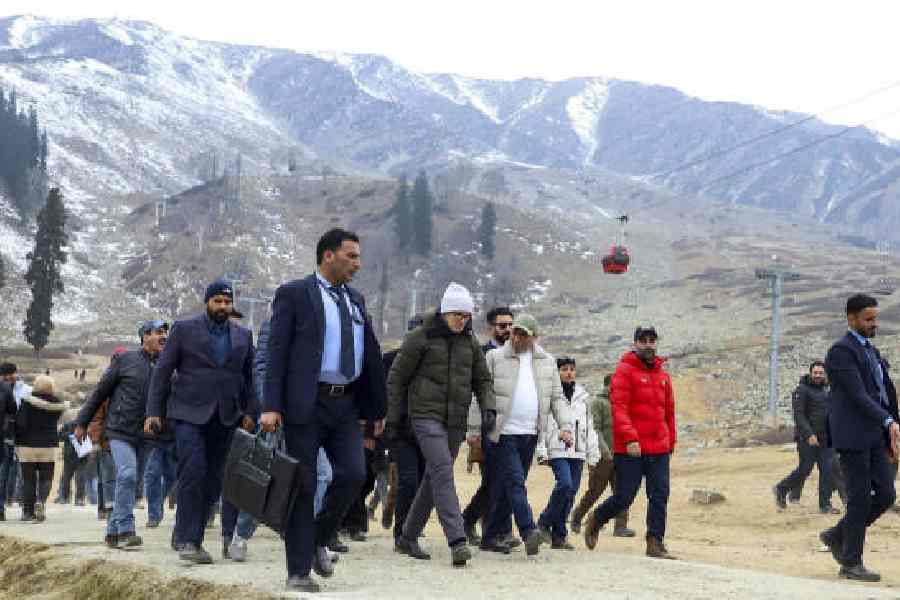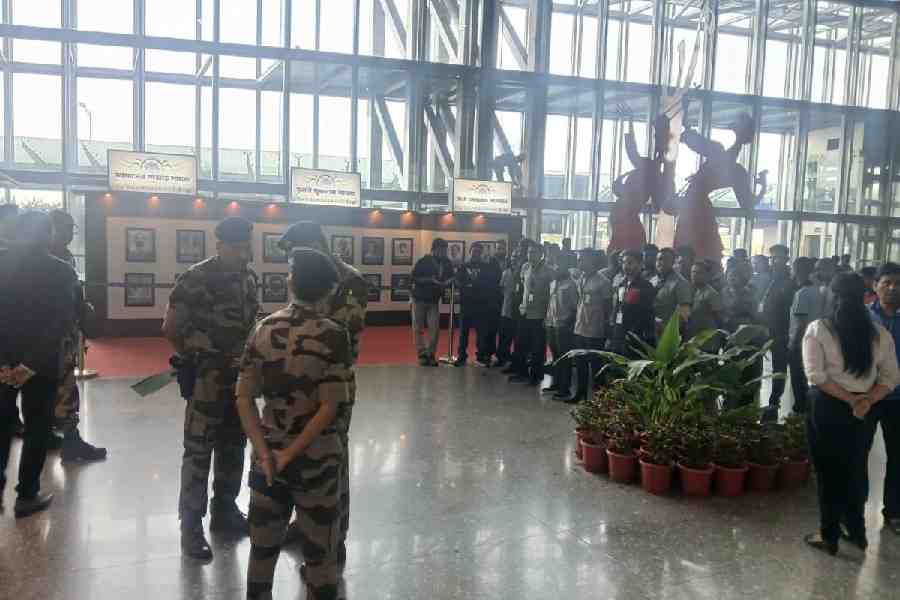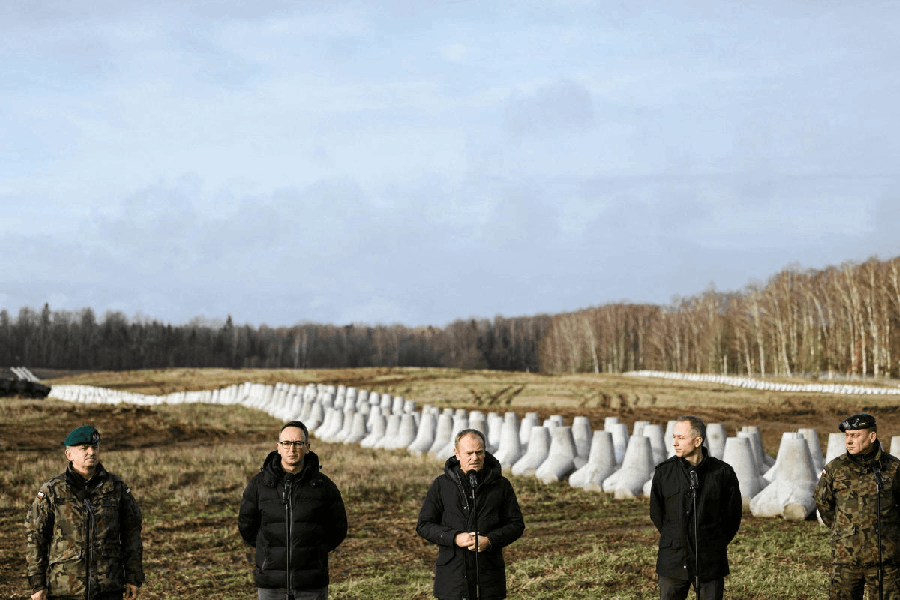 |
| Elixir of life |
Ranchi, Jan. 3: Kalawati Oraon is still living a dream.
She has clean potable water on her doorstep, something she never had for her entire 38-year-old life.
Till a few months ago, Kalawati, with other women of hilly Kothi Tola village in Keredari block, some 80 km from Hazaribagh, trekked down hilly pathways in search of water.
Today, her trekking days are history. Thanks to a unique hand pump developed by Hazaribagh-based Col (retired) Binay Kumar, which uses hydraulic energy to lift water.
In a village where electricity, roads, public transport and other essentials are complete no-shows, the pump is perhaps their greatest miracle in recent times.
“Everyday, we trekked kilometres down the hill to collect water from the stream. Half our day went looking for water, and the other half, cooking food. Nobody paid heed to our needs,” said 38-year-old Kalawati.
And now? She beamed widely. “We get sufficient water for everyday use. Health and hygiene of people in our village has also improved dramatically,” she said.
Called Prakriti Jal Urja Pump, the device doesn’t use electricity or fuel and works on the natural phenomenon of kinetic energy of a water source falling from a height.
According to Kumar, in hilly areas of India, villages on higher altitudes rely on springs/streams in the valley. Despite lack of electricity, poverty prevents rural communities from investing in expensive diesel/petrol pumps for drinking water and irrigation.
“This device just uses hydraulic power,” said Kumar, who was awarded with Earth Care Award 2010 for innovation for climate protection in New Delhi in September.
The pump works on multiple laws of physics. “The pump uses a combination of water pressure, air pressure and gravity to lift water,” said Kumar.
The pump can work continuously for 24 hours without external energy source. “The pump has two moving parts — impulse and delivery valves for intake and outflow of water, respectively. Dry pipes are connected to the water body from where water flows at a speed and are then linked to the pump via impulse valve. Now we see Pascal’s law in action: liquid in an enclosed area acts like a solid. So water hits the first valve, which closes, creating pressure which forces open the second valve. As a result, both valves open and close at a rate of 60 times per minute,” said Kumar.










